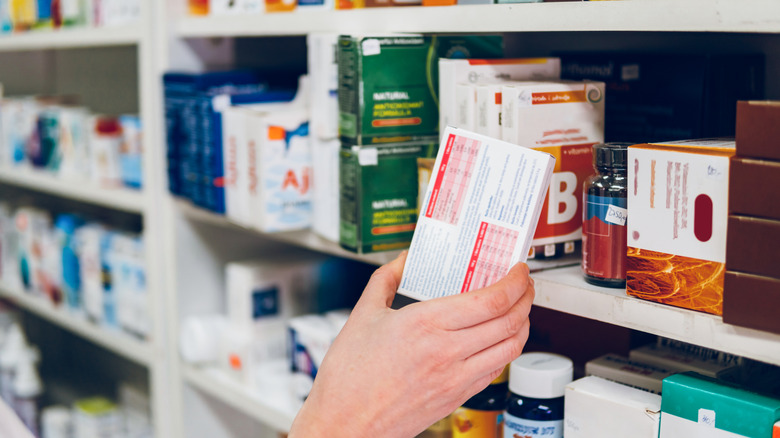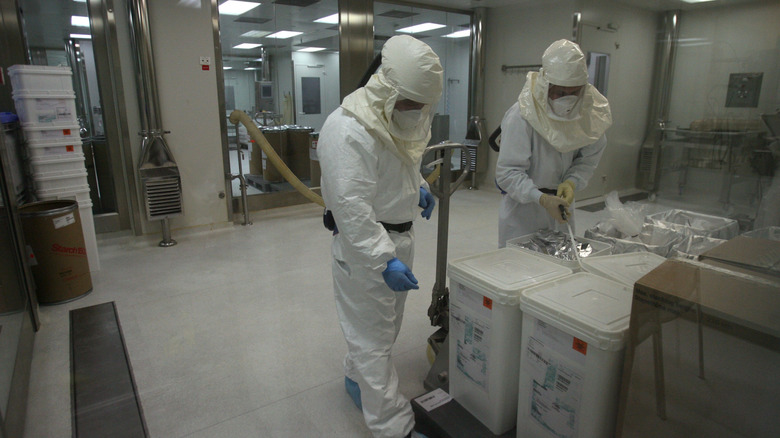Why Are Generic Medications So Cheap And Where Are They Made?
According to the American Medical Association, health related costs have been on the rise in recent years. Overall, health-related spending in the U.S. increased by over 7% between 2022 and 2023, a significant uptick from the 4.6% that it grew between 2021 and 2022. The affordability (or lack thereof) of healthcare in America is one of the largest issues our country is facing. According to the American Public Health Association, the U.S. spends more per capita on healthcare than any other country in the world, yet at the same time has some of the worst health outcomes amongst first world countries.
This being the case, it's no wonder that more and more Americans are turning to generic medications as opposed to more expensive brand-name options. But even though shopping for generics is one of the best ways to get discounts on your prescriptions, you might still have some questions. From what exactly is it about generic medications that makes them so cheap to where are they even manufactured — there can be a lot to know about generic medications. After all, if you're considering taking something, it's important to thoroughly research every aspect of it, in addition to consulting with your doctor or a medical professional before usage. With that said, let's explore how the FDA approval process can and does impact the affordability of generic medications in the U.S., as well as the potential risks tied to their international production.
Why are generic medications so cheap?
According to the U.S. Food and Drug Administration, generic medications undergo the same rigorous approval testing as name-brand medications do. The only difference is that, unlike name-brand drug applicants, generic drug applicants don't have to repeat the same extensive animal and human trial studies. This is what makes generic drug companies able to sell their product at an estimated 80-85% less than the same products made by name brand medication manufacturers.
However, the FDA notes that this simpler approval process does not impact the quality of generic medications. In fact, the FDA Generic Drugs Program still conducts reviews of generic medicines to ensure they meet standards by inspecting manufacturing plants and monitoring drug safety after approval. Plus, you might be surprised to learn that the difference in the approval process actually exists specifically to address the high costs of medication in the country — and to ensure more marketplace competition. By ensuring generics exist in the marketplace, medication prices in the U.S. are generally brought down across the board.
Where are generic medications manufactured?
If you didn't think that Donald Trump's proposed tariffs could affect your medications, you would, unfortunately, be wrong. According to an API Innovation Center report, over 90% of the active pharmaceutical ingredients (APIs) required to manufacture generic drugs are produced overseas — meaning they are primarily imported. As of 2023, only 4% of API production takes place in the U.S., with another 14% taking place in the E.U. and other countries. As for the majority, a whopping 50% of all generic medication manufacturing takes place in India with another 32% in China. This effectively gives both countries a vice grip on not just the U.S. but the entire world's generic drug market. This also means that placing tariffs on either of those countries would lead to skyrocketing prices on most of the generic medications that American consumers rely on.
This being the case, the API Innovation Center report also argues that dependence on countries like India and China for generic medications creates an increased risk for U.S. consumers as well as for the country's national security. The main reason for this risk is that if supply chain complications, like those caused by the COVID-19 pandemic, happened again there would be significant issues regarding the delivery of generic medications that some Americans need to survive. This is part of why it's so incredibly important that the U.S. create its own pharmaceutical infrastructure in order to provide necessary medications to its people.


